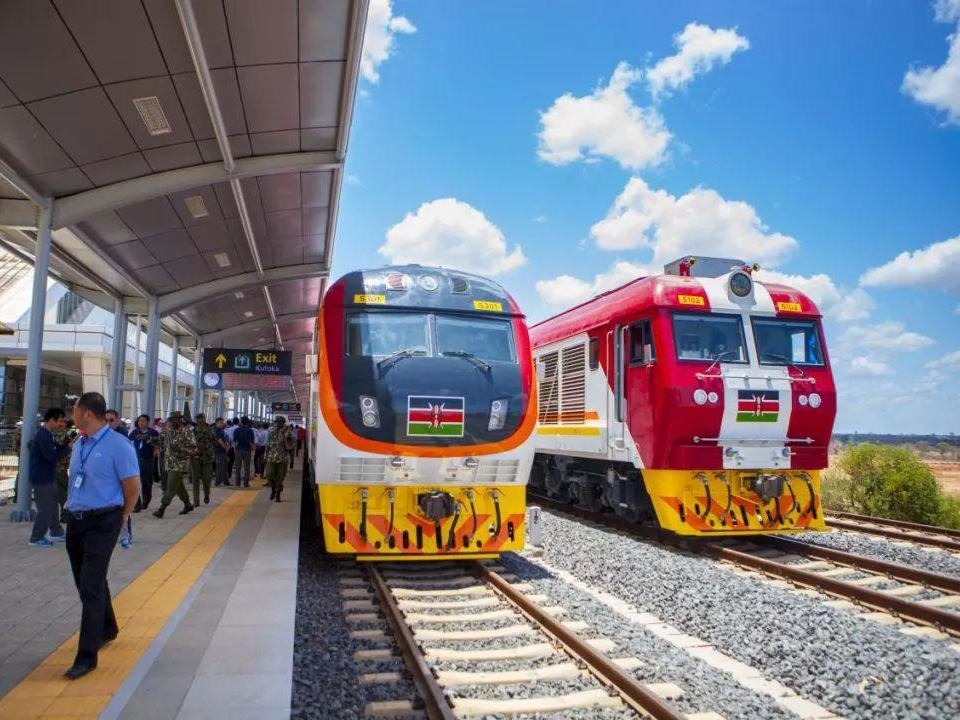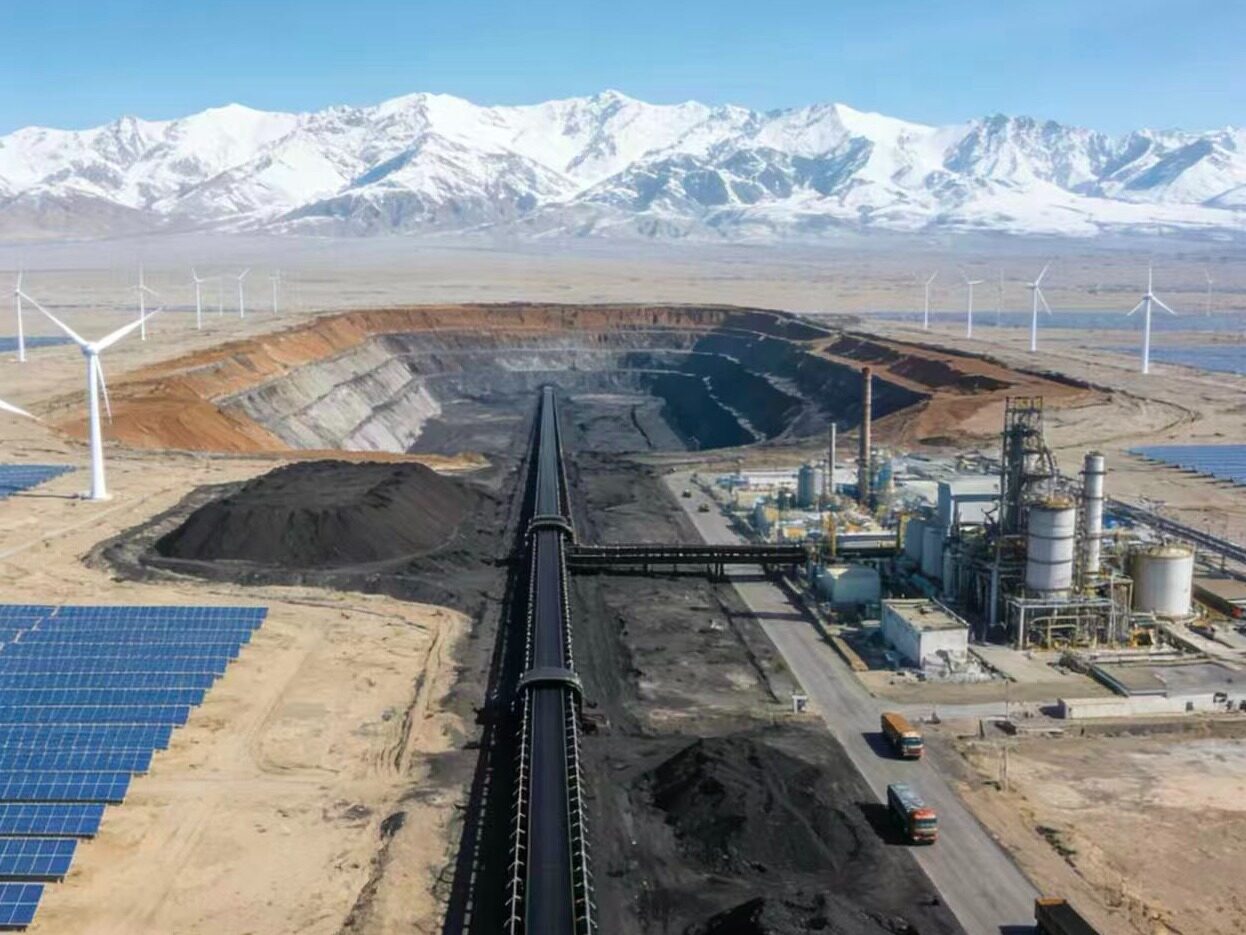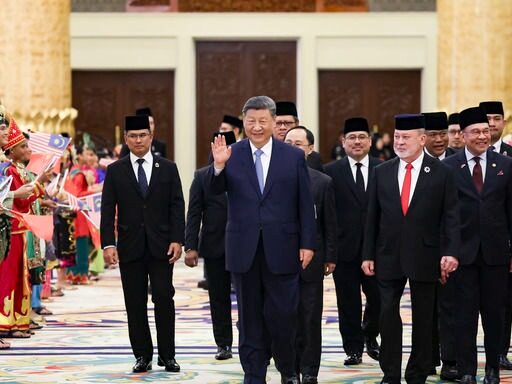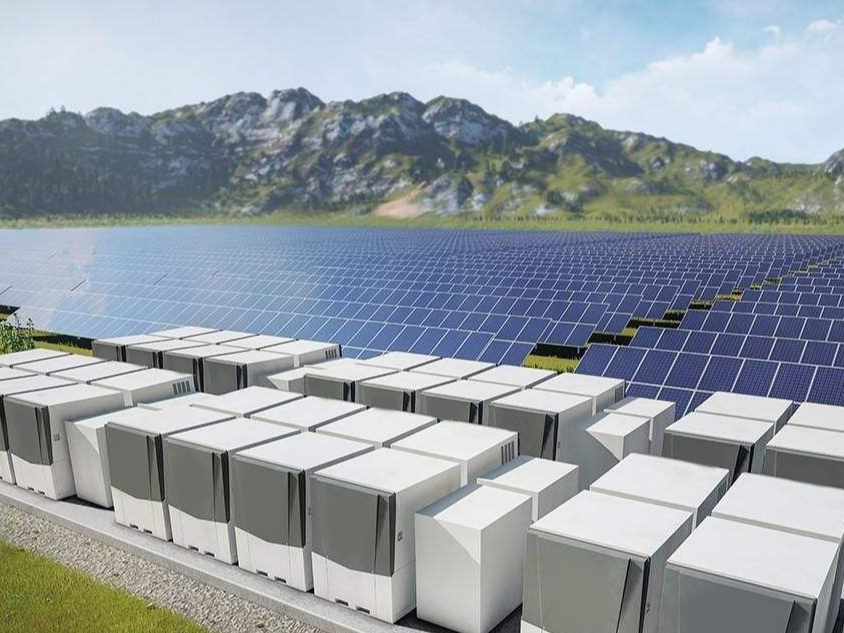- CPEC investment brings Pakistan’s outdated railway network to modern times, positively impacting global connectivity

Pakistan's railways are inefficient, and there are several problems that affect the passenger and freight sectors. There are many reasons for this dilapidated railway network, and one cannot help but ask, what is the possible cause of the breakdown of this railway system, and how it is possible, especially when other countries with similar economic status have made rapid progress in this field. Time.
There are few clear reasons for causing lasting damage to the railway sector, for example, the lack of sincere efforts by the authorities to provide services, which in turn causes delays, recurring accidents, loss of goods and expected production times. Poor rail connections, outdated trains and manual signaling systems, coupled with poor infrastructure, have kept government spending overwhelming. In summary, these are some of the reasons that hinder the continuous improvement of Pakistan's railway network.
China supports the improvement of Pakistan's railway system
Having said that, the Chinese government and its entrepreneurs have been supporting the upgrading and reversal of Pakistan's railway system under the scale of the China-Pakistan Economic Corridor (CPEC) since its inception in 2013.
Due to these inefficiencies, the use of rail freight has fallen from 7.2 million tons to less than 4.6 million tons over the years. Compared with regional and global countries, these chaos cause about 150 billion rupees to the economy every year. According to Reuters, China's railway freight volume in February 2017 was 281.21 million tons, which was much higher than Pakistan's decline in freight volume. The 27 EU countries were estimated to be about 389 billion tons in 2010, the largest of which is Denmark (Eurostat, 2012).
Compared with countries such as China, the United Kingdom, and the United States, which are known for having mature and successful rail freight networks, Pakistan is definitely lagging behind. Cheap and fast cargo transportation is essential to ensure competitiveness and provide regional and national advantages over competitors.
According to CPEC, a lot of money has been invested in optimizing Pakistan's railway network to make it efficient and competitive. About 62 billion US dollars will be invested in CPEC, of which about 8.6 billion US dollars will be used to upgrade the ML-1 railway line. However, to successfully implement and develop this project, an effective system must be considered to support the train capacity and speed at each intersection, while keeping in mind the cost and time required.
The investment will be used to upgrade existing lines, renovate and upgrade railway hubs and stations, such as Hariangan Port, and expand the railway network. It will support high-speed/capacity trains, and according to the CPEC initiative, the speed will be increased from 60 km/h to more than 130 km/h. This will enable the rail network to transport goods at twice the speed, thereby reducing costs and preparation time. It will also provide a cheap and fast way to transport goods over long distances, giving both the private and public sectors a competitive advantage.
According to the Belt and Road Initiative, the China-Europe railway network will shorten the transportation time from 40-50 days to 13 days or two weeks, which will bring new potential for EU-China trade. Similarly, agricultural products are an important part of Pakistan’s trade and exports, but less than 1% of them use the railway network for transportation.
Through CPEC’s investment, Pakistan’s outdated railway network will be brought to modernity and compete with regional countries. The obvious advantages are highlighted above. Having a proper railway system will help use the economic corridor between China and Pakistan to reach its best potential. In the long run, this will promote more growth, trade and investment between China and Pakistan, and will have a positive impact on regional and global connectivity. Editor/Xu Shengpeng
Comment
 Praise
Praise
 Collect
Collect
 Comment
Comment
 Search
Search














Write something~